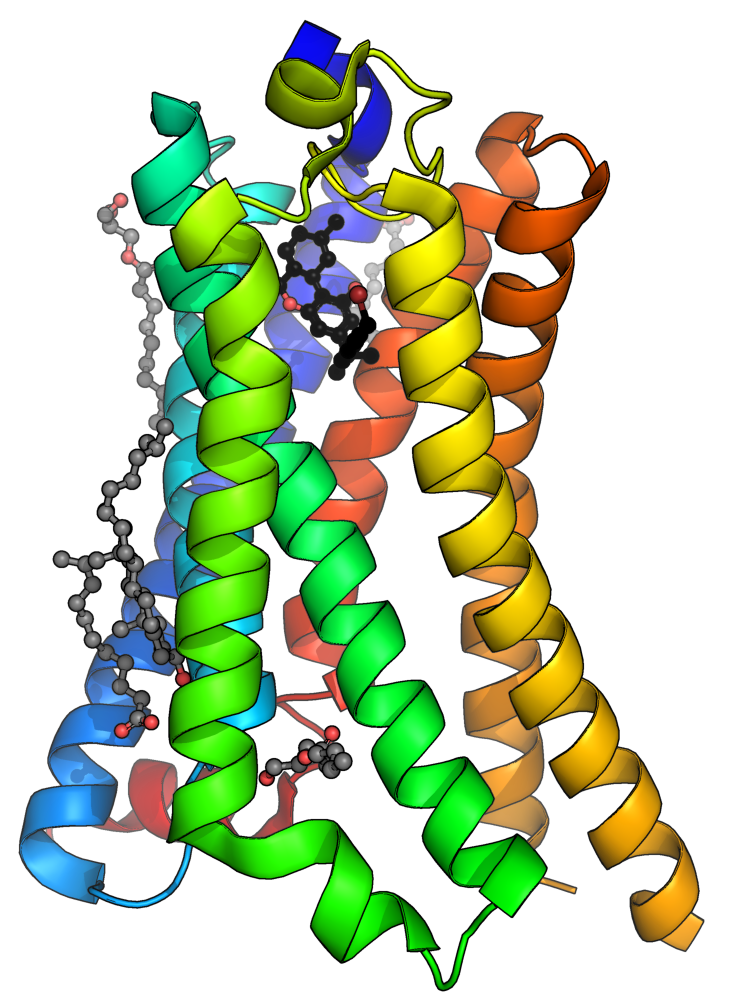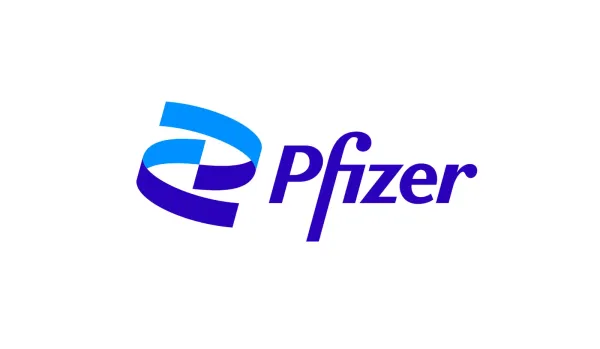Boosting Tirzepatide with Nimacimab
Nimacimab delivers excellent results and explores a new path: drugs meant to be taken *with* other GLP1s.

Tirzepatide is the GLP1 Receptor Agonist behind popular brands like Mounjaro and Zepbound – it is the most effective FDA approved GLP1 formulation available today.
Check out our quick explainer
Skye Biosciences, on the other hand, is a upcoming pharmaceutical company that's working on a product called Nimacimab – which is meant to be taken along with Tirzepatide, and boosts it's effectiveness.
Who are Skye Biosciences?
Skye Biosciences is a new drug development company based in San Diego – so new it has an incredibly slick website:

Skye focuses primarily on applying life science to their drug development, in particular Obesity:

They only have one drug in development right now, and it's Nimacimab:

They're a new company with a singular goal which is encouraging, and they're aiming for boosting an existing FDA approved product – certainly worth following closely.
What is Nimacimab and what are CB1 Receptor Inhibitors?
Nimacimab, Skye Bioscience's flagship drug is a CB1 Receptor Inhibitor. The obvious first question is what is a CB1 Receptor?

The receptor modulates the release of neurotransmitters:
The CB1 receptor is a pre-synaptic heteroreceptor that modulates neurotransmitter release when activated in a dose-dependent, stereoselective and pertussis toxin-sensitive manner.[19] The CB1 receptor is activated by cannabinoids, generated naturally inside the body (endocannabinoids) or exogenously, normally through cannabis or a related synthetic compound.
It's incredibly interesting that this is produced both inside the body and externally (with a somewhat controversial source being cannabis).
There's a lot to unpack, but the most important bits might be the effects of the CB1 receptor:
Research suggests that the majority of CB1 receptors are coupled through Gi/o proteins. Upon activation, CB1 receptor exhibits its effects mainly through activation of Gi, which decreases intracellular cAMP concentration by inhibiting its production enzyme, adenylate cyclase, and increases mitogen-activated protein kinase (MAP kinase) concentration.
Roughly, this maps to CB1 receptors (once activated) reduce the amount of cAMP, and cAMP is important to the hormones like glucagon and adrenaline. Clearly glucagon is the more important hormone here.
CB1 also increases protein kinase reactions:
cAMP is associated with kinases function in several biochemical processes, including the regulation of glycogen, sugar, and lipid metabolism.[3]
OK, but what does that all mean?
One more important point to note is that these facts about the
The CB1 receptor is recognized as the most abundant metabotropic receptor in the brain.
[...]
CB1 receptors are expressed most densely in the central nervous system and are largely responsible for mediating the effects of cannabinoid binding in the brain.
While here at GLP1.guide we're not life scientists, it seems that the rough method of action for CB1 is to reduce the uptake and binding of certain molecules in the brain.
What happens when you inhibit CB1 receptors?
CB1 receptors modulate neurotransmitters, so inhibiting them clearly must increase the number of neurotransmitters that are active in the brain.
In this case, the neurotransmitter we care about are GLP1 receptor agonists – the molecules that are exciting the GLP1 receptors in the brain and causing a reduction in hunger and the other effects that we now know to be associated with GLP1 drugs.
Have there been any interesting results?
The standout piece of news is that 30%:

The topline results are stellar:
>
Nimacimab shows comparable weight loss to monlunabant and tirzepatide alone, and an additive effect in combination with tirzepatide, in diet-induced obesity model
New in vitro data demonstrates superior potency of nimacimab’s differentiated and favorable mechanism of inhibition versus monlunabant
Nimacimab Phase 2a CBeyond™ top-line randomized data expected late Q3/early Q4 2025
Not only does Nimacimab supposedly produce excellent results comparable to Tirzepatide alone, it can be combined with Tirzepatide to increase results.
What could this mean for the GLP1 ecosystem?
We think Nimacimab is worth discussing because it's a relatively new avenue that not many companies are venturing into: boosting the effects of existing GLP1 drugs.
While right now they have tested with Tirzepatide, it's possible that this increase ineffectiveness could be applied to other drugs, importantly ones that are now no longer under patent (Liraglutide).
Nimacimab being successful, and other companies finding other medications that increase the effectiveness of existing GLP1s is an exciting prospect.
How far along is Nimacimab?
Herein lies the rub – Nimacimab is still in Phase 1 trials – it won't be FDA approved or on the market any time soon, and testing is still limited.









